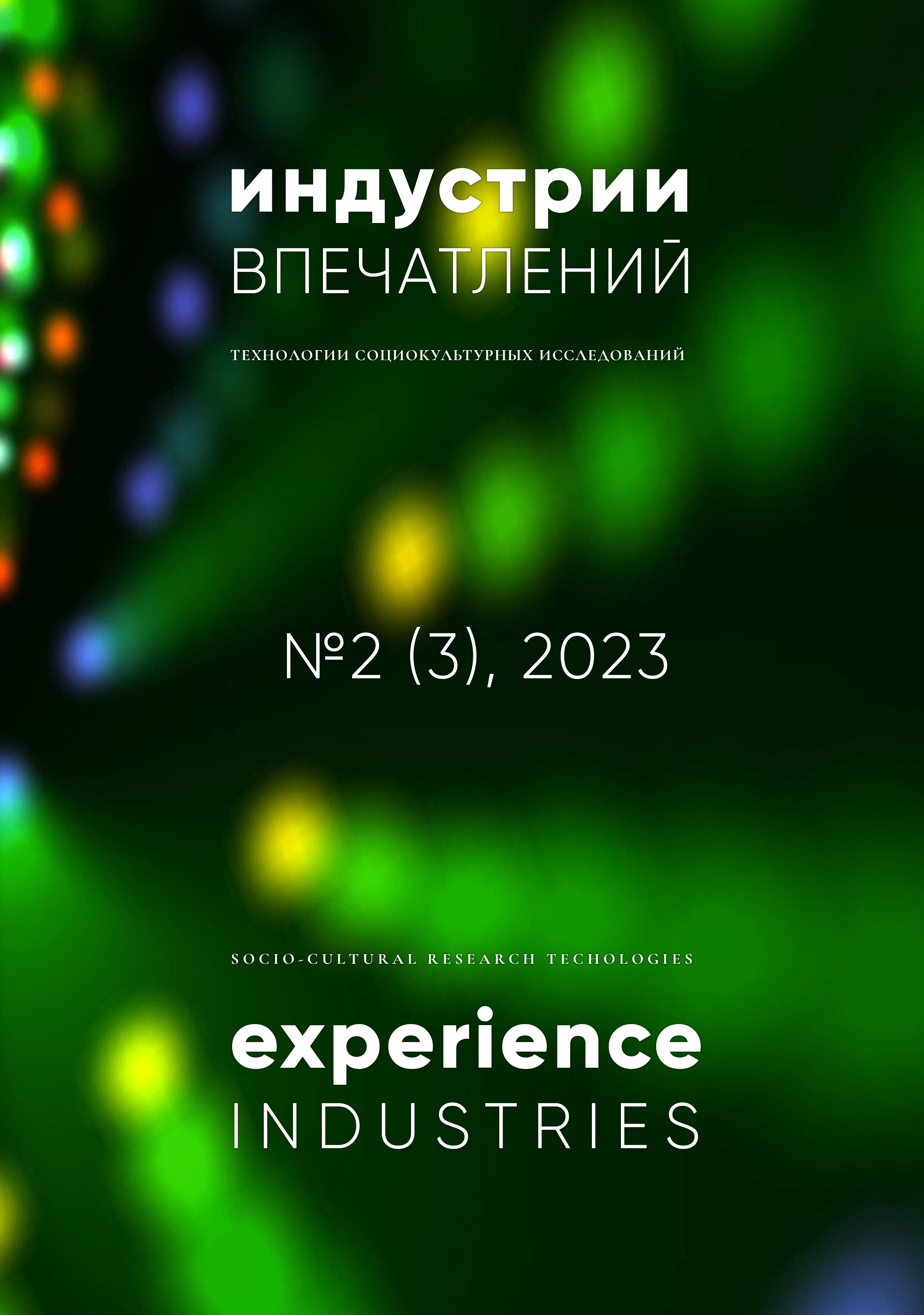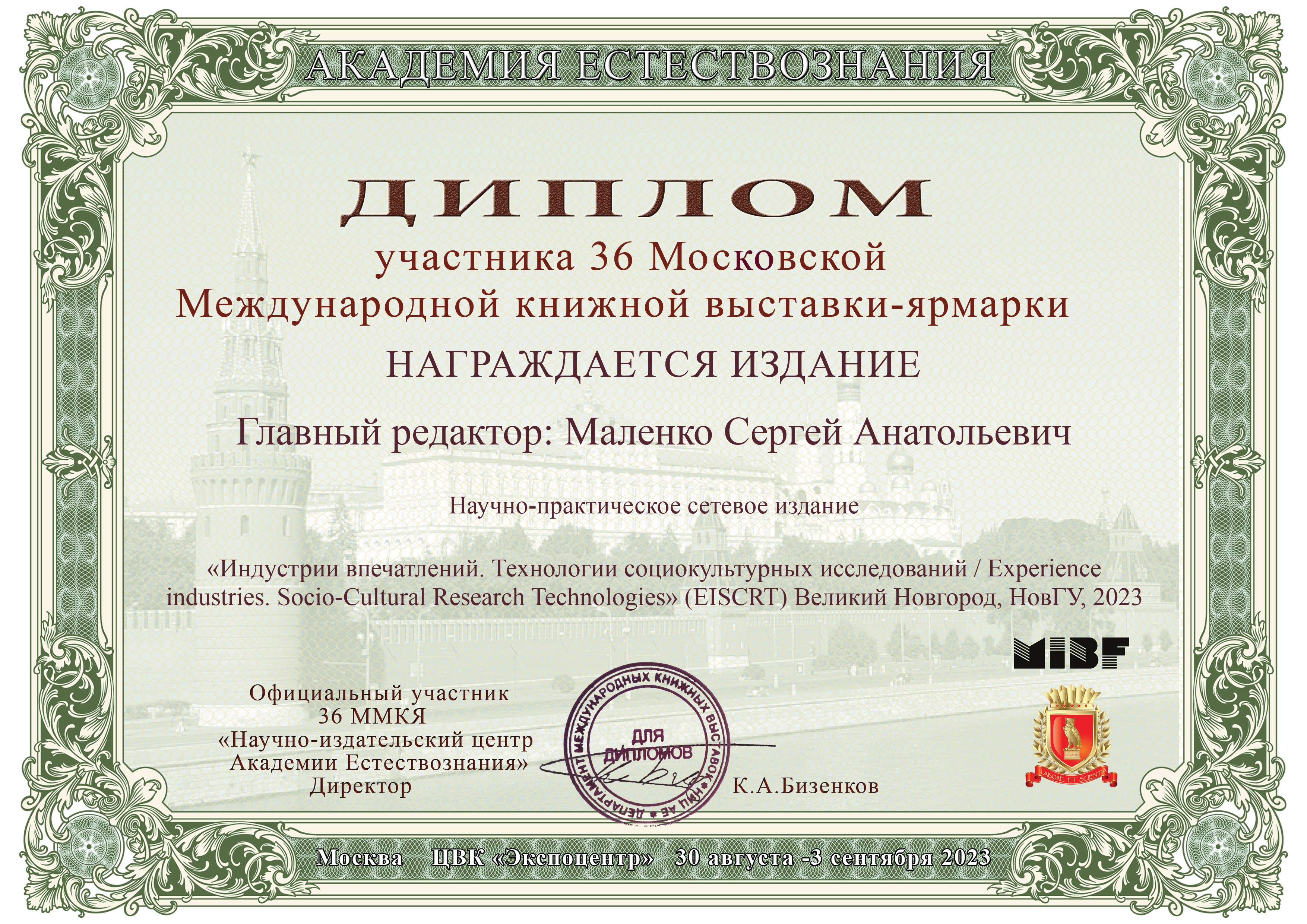CRIME, MANIACS, DISASTERS: SERIAL “THERAPY” OF SOCIAL LIFE
DOI:
https://doi.org/10.34680/EISCRT-2023-2(3)-126-143Keywords:
sociology of cinema, TV series, sociology of culture, mass cultureAbstract
Cinema today remains the focus of research in cultural studies and sociology, while the serial boom appeared not so long ago and is much less studied. In the article, the author refers to the content analysis of modern serial production, both Russian and foreign, considering which topics of the series are the most popular today and what trends are outlined in them. Tracking trends in modern TV series, the author connects them with the development of society. Whether serial culture gravitates toward the aesthetics of identity or opposition, whether TV series influence society or only reflect the processes taking place in society, whether watching TV leads to dehumanization and decline of culture – these are the questions that the author asks, but it is unequivocally difficult to answer them. Nevertheless, based on the analysis of the most popular plots of the series, the author comes to the conclusion that social problems are growing, and the audience is indirectly trying to solve them with the help of the entertainment industry.
For citation:
Kolomeytseva, E. B. (2023). Crime, maniacs, disasters: serial “therapy” of social life. Experience industries. Socio-Cultural Research Technologies (EISCRT), 2 (3), 126-143. (In Russian). https://doi.org/10.34680/EISCRT-2023-2(3)-126-143








